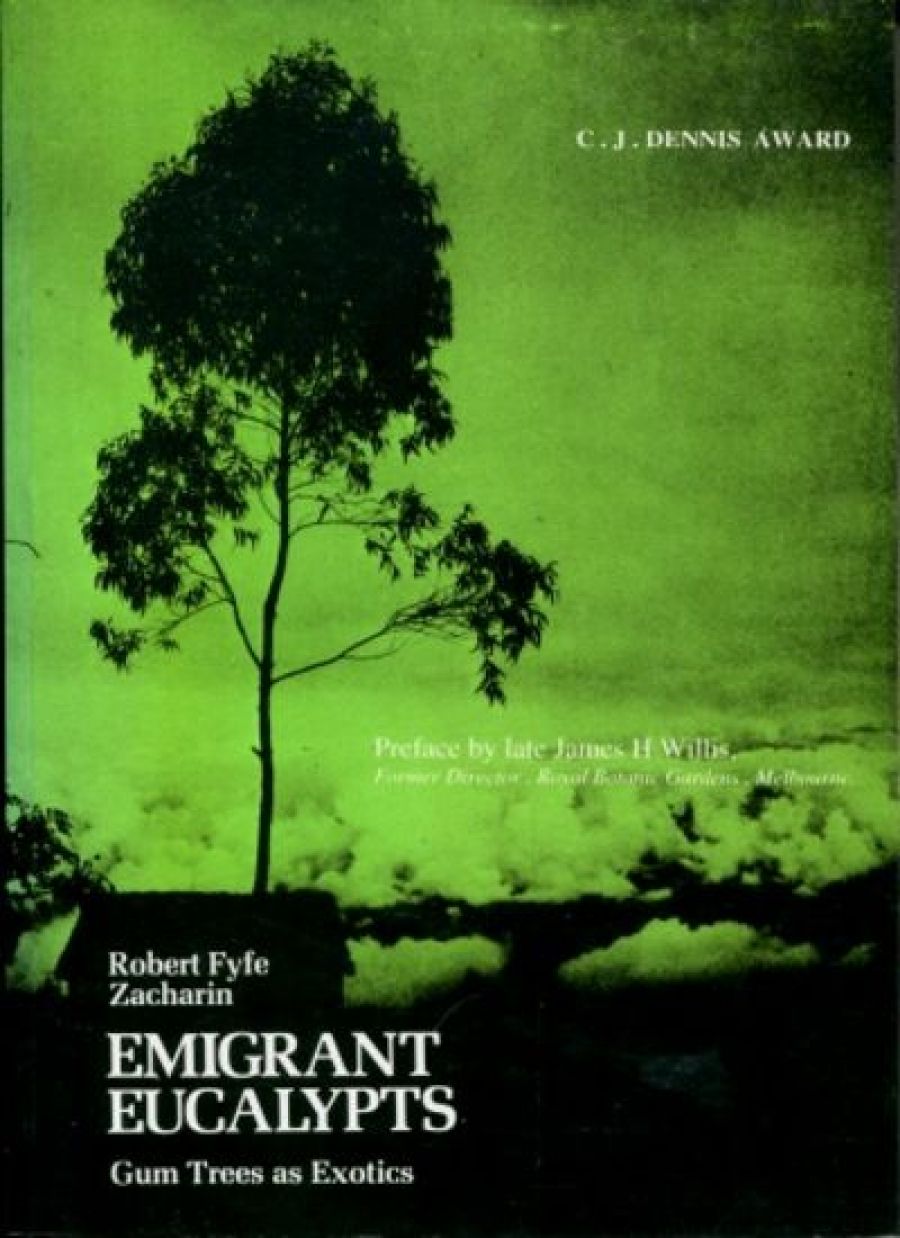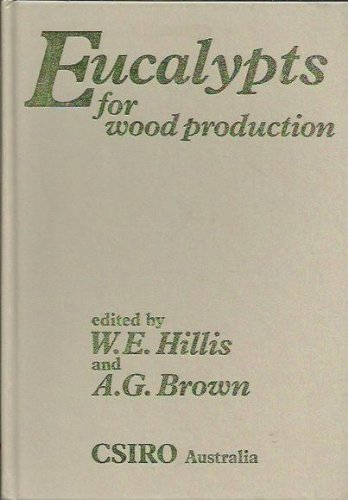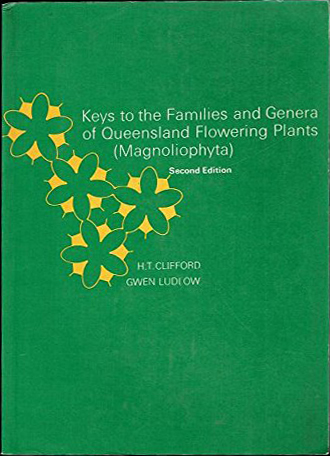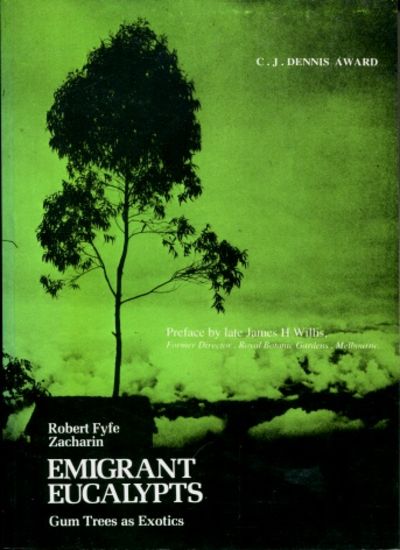
- Free Article: No
- Contents Category: Science and Technology
- Review Article: Yes
- Article Title: Plants and Trees
- Online Only: No
- Custom Highlight Text:
Eucalypts for Wood Production is a highly professional reference work produced by a team of Australian forest scientists most of whom work in state, government forestry services, CSIRO or the Department of Forestry at ANU. It consists of a series of reviews of scientific literature bringing together all that is presently known of the growth habits of eucalypts from the point of view of their management as hardwood crop plants. The editors’ purpose is to draw attention to the potential of eucalypts and thereby to point the way to a national strategy for hardwood production. For those in the industry, its appearance is timely. Both softwood and woodchip production are under attack on several fronts, perhaps the most important of which concern the chemical and physical deterioration of soils associated with the harvesting of tree crops. Improvements in techniques for the profitable management of native hardwood forests may overcome some of these problems, and perhaps alleviate some of the pressure for increasing the acreage (hectareage?) of cleared land at the expense of our prime native forests.
- Book 1 Title: Eucalypts for Wood Production
- Book 1 Biblio: CSIRO, 434 pp, $28
- Book 1 Cover Small (400 x 600):

- Book 1 Cover (800 x 1200):

- Book 2 Title: Keys to the Families and Genera of Queensland Flowering Plants (Magnoliophyta)
- Book 2 Biblio: UQP, 202 pp
- Book 2 Cover Small (400 x 600):

- Book 2 Cover (800 x 1200):

- Book 3 Title: Emigrant Eucalypts
- Book 3 Biblio: Gum Trees as Exotics, Melbourne UP 1978, 131 pp
- Book 3 Cover Small (400 x 600):

- Book 3 Cover (800 x 1200):

Clifford and Ludlow’s Keys to the Families and Genera of Queensland Flowering Plants was written primarily for students embarking upon the process of identifying native flora of Queensland from first principles. Its proper preoccupation is with getting right answers, and its style and layout are directed to that end. It deliberately makes no concessions to seasonal unavailability of different parts of plants, and, perhaps unfortunately, it gives no clues to readers who might wish to know what items of equipment are necessary in order to make full use of the keys. It remains therefore a reference work for the cognoscente and a text book for use by students benefitting from additional practical and theoretical instruction. It is accompanied by an extensive glossary and the few drawings are simple and useful.
Emigrant Eucalypts is a tribute to the romantic soul of an Australian abroad who found himself face to face with eucalypts in the strangest places and decided to ‘chase up the story’ of how they got there. It is a new variation on the theme of discovering essential Australia by travelling in other lands. Perhaps that is why the judges for the C.J. Dennis Literary Award ($1,000) were sufficiently enchanted by it to ignore all its serious faults. As a work of scientific and historical investigation, it is annoyingly tantalising and superficial, having been based largely on a lightly digested assimilation of information from a selection of other sources. Serious enquirers into gum trees as exotics would do well to consult more professional sources. As a book, it is poorly designed in every respect: the layout of the text and illustrations is erratic, the photographic reproductions are low quality, the captions are poorly positioned and have little meaning independent of the text, more than half the illustrations are not even relevant to the main theme, being pictures of gum trees in their native land. It goes without saying that there are also errors. The one that annoyed me most was getting the ‘first known drawing of a eucalypt’ wrong – the drawing that fits that caption is some twenty-two years older than the one shown, having been made in 1786.
While I make no pretence to knowing how literary prizes ought to be judged and am prepared to concede that there may be literary merit where I cannot see it, I believe that it is not unreasonable to expect that works which win literary prizes should be more than just good literature. They should also be good books. And I also believe that it is not unreasonable to expect that books published by university presses should be edited by professionals in the field of the submitted manuscript. Suffice to say, the author was neither a botanist nor an historian.


Comments powered by CComment